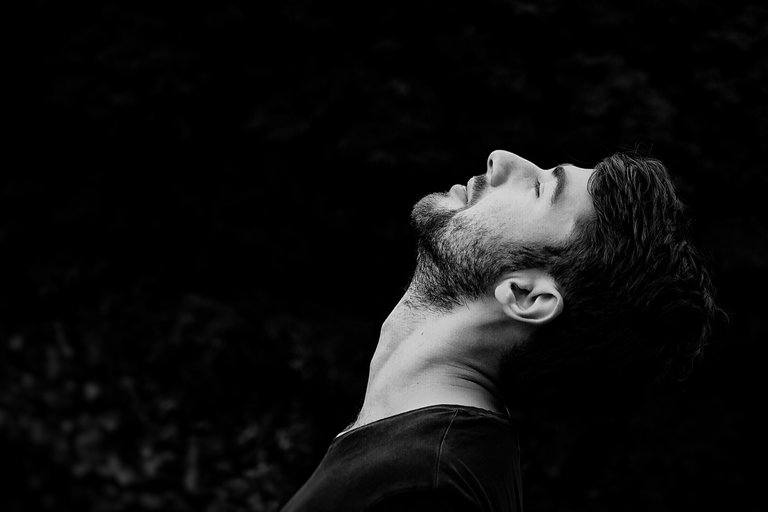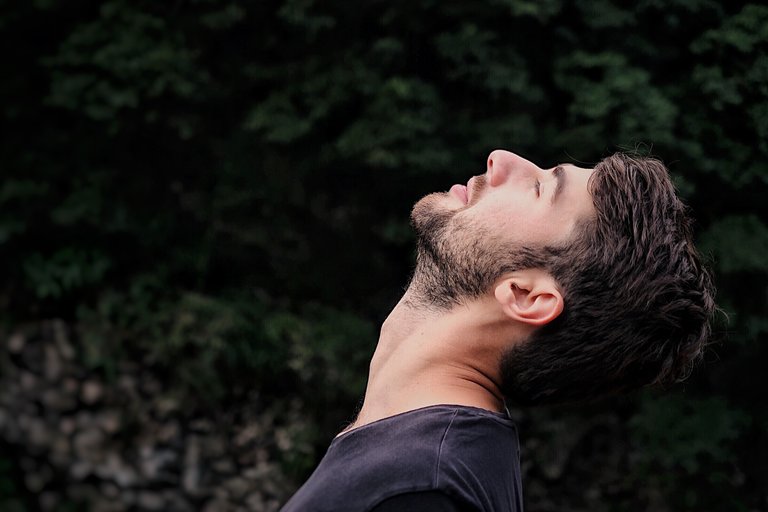Yesterday I posted a few portraits of my friend that I made in Portugal during the winter holidays and I decided to talk a little about making good and spontaneous portraits.
The first time I realised that I love the weight of a camera in my hand was back in school times when we would go to my friend's place after the lessons, I'd tell her what to wear, make her a make-up and style her hair and then take pictures of her. I was very happy with the results and her too. I was jumping around her trying to find the best light and composition, trying to reflect the mood of the theme that we had chosen. At that time, I wasn't taking my passion for photography seriously and never even thought that it could be my thing.
The time was passing by and every time one of my friend got a camera, I was always the photographer. Never shy, never ashamed. But still not aware of my passion. My friends were always grateful to have me as a photographer and telling me that I have a vision.
There were times when studio photography was a big thing (and still is a thing for some occasions), when people posed for the camera, but with the time it shifted to spontaneous and lively capturing, even though most of them are still not made spontaneously. The change happened in relationships between a photographer and his model. The photographer doesn't tell the model where to look and what position to take anymore. The whole concept has changed and the photographer became an artist with a camera, and the model became an actress. Together they work on an idea and try to make static shots lively and narrative. They discuss what kind of shots they want to have in the end of the day and then act of creativeness begins.
Most beautiful shots are born from the spontaneous coincidence of a moment and the moment the shutter goes on. If you like scrolling through the news lines of some famous or infamous but excellent photographers, you'll find at least one smeared picture that was not intended to be so. Some photographers even tell under their works that they were made spontaneously and they found them only later.
How many shots does it take to make a good one? Many. If you're an amateur, as myself, what I do is I find a place where I can have nice background for my model and place the model according to the golden ratio in the right low quarter and tell her to move, for example to go from the right to the left, to turn her head, to laugh, to flirt, and jump, dance, make rounds, get closer to me, look up or down and so one. So basically, in reality it looks utterly hilarious because she moves a lot in a short period of time. But if you see the photos, they will all be different.
To get a close up shot I'll zoom in a little until I see that the face looks very natural as the min 18mm will distort my model's facial proportions. So, I'll zoom in to 35- 45mm. With zoom in I don't need to get too close to the model and she will have enough space for movements. For taking close up portraits I don't want my model to move the whole body, the head, neck and upper body movements would be enough and not too fast as a want to have some time to capture them and too much of a movement with zoom in will give you headache. So, for the close-up shots we want to be less active and smoother.


Of course, it may differ from the situation to another one, but working schema stays the same:
1. For the wide shot - active movements of a model. The photographer stands still or turns a little left-right. After making enough shots (let's say 100), the photographer can change his position and take another 100 ones and so on.
2. Close up shot - smooth movements of the model. The photographer can move in all directions. - 35-45 mm or 50 mm.

Close up shots are also very nice to take with-300 mm lens as well as it gives a nice blurry and make the objects on the background look closer than they are. For example, if you have big waves on the background, it will seem as the wave is about to cover the model, this effect if used a lot in movies.
Thanks for reading!
Best,
Valeriya xx